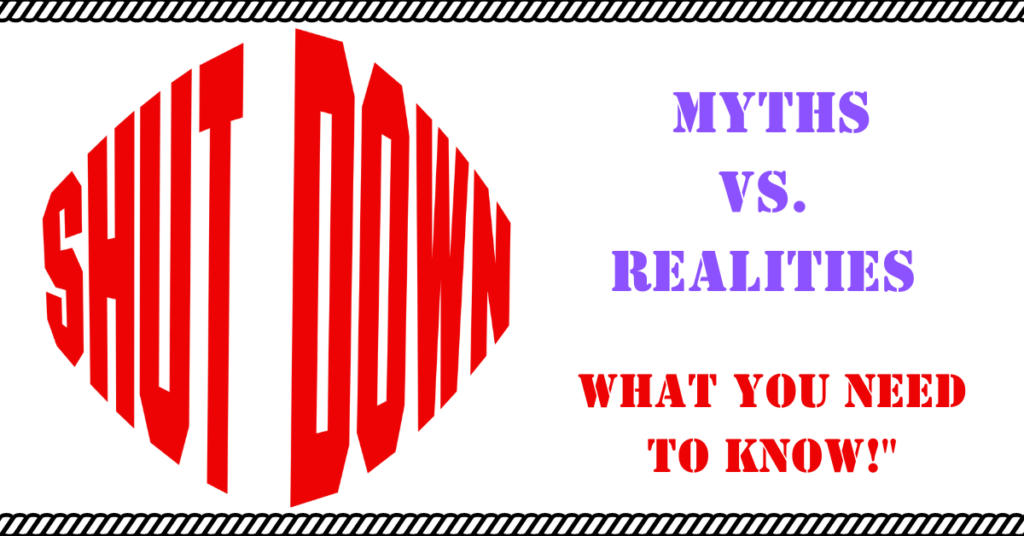As the countdown to September 30th begins, the looming possibility of a government shutdown stirs both apprehension and speculation. The halls of Congress are poised for action as lawmakers return on September 12th, leaving a mere 12 days to forge a consensus on the 2024 federal budget. Failure to pass a budget would trigger a government shutdown, a scenario that prompts contemplation of its implications, motivations, and historical context.

The Battle of Budgets
Speaker of the House Kevin McCarthy has suggested a “continuing resolution” to avert a shutdown, proposing to maintain 2023 spending levels while keeping government operations afloat. However, as the deadline edges closer, the House Freedom Caucus takes a more assertive stance, advocating for immediate reforms. This newly-formed conservative GOP group outlines key demands, including returning federal spending to 2022 levels, reinstating significant Trump border policies, rejecting government programs related to transgender ideology, and addressing the perceived weaponization of the Department of Justice.
In this political tug-of-war, Democrats led by Senate Majority Leader Chuck Schumer accuse Republicans of not only endangering a government shutdown but also refusing to engage in negotiations over their budgetary priorities.
The Realities of a Government Shutdown
Amid the discourse surrounding the possibility of a government shutdown, it’s essential to understand the actual implications. Described by some as “cataclysmic,” the reality often differs from sensationalized portrayals. A government shutdown entails the suspension of non-essential discretionary functions within federal agencies until new funding legislation is passed and enacted. Essential services and mandatory spending programs continue to operate. While federal employees and contractors involved in government services temporarily go unpaid, the scope of unpaid parties is narrower compared to scenarios like defaults.
History Repeats Itself
Government shutdowns are not unprecedented. Since 1977, there have been 17 instances of funding gaps, lasting from one to 21 days. These historical experiences provide insights into the dynamics of shutdowns and their effects on essential services and government operations.
Border protection, in-hospital medical care, air traffic control, law enforcement, power grid maintenance, and other essential services have been maintained during past shutdowns. Programs such as Social Security, Medicare, Medicaid, and immigration services funded by user fees also continue unaffected.
Presidential Decisions and Bureaucratic Impact
Ultimately, the president determines which services and employees are deemed essential. Past instances have seen presidents making decisions that impact national parks, monuments, and government-operated institutions. While government employees, particularly bureaucrats, are significantly affected, many receive paid leave during shutdowns. Furloughed employees are assured back pay under legislation enacted in January 2019.
Counting the Costs
Government shutdowns come with a financial cost. Estimations indicate that the 2013 government shutdown, lasting 16 days, incurred $2.5 billion in pay and benefits for furloughed employees who weren’t working. A Senate report from 2019 reveals that the government shutdowns of 2013, 2018, and 2019 collectively cost taxpayers nearly $4 billion.
While government shutdowns do carry economic implications, they hardly spell doom for the nation. In contrast, unchecked spending presents a more pressing threat to America’s fiscal health.
As the countdown continues, the debates surrounding the budget, government shutdowns, and their effects on the economy persist. The discourse reflects the intricate balance between fiscal responsibility and the urgency of governance, underscoring the complexities of political decision-making in the realm of budgetary negotiations.
